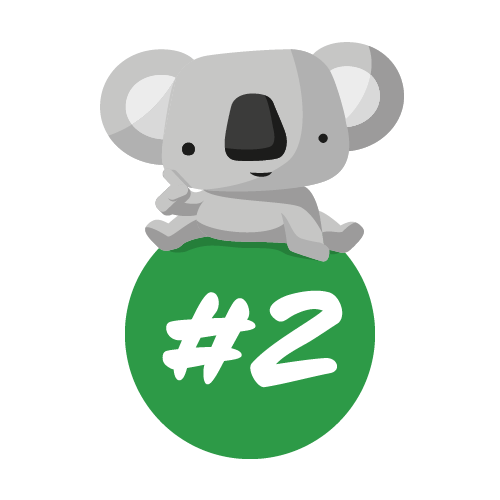
Good Health & Well Being – Discover & Explore Locally Lesson Plan 2
Possible Subjects: PSHE
Years: 3-6
Lesson: 2 of 2
Learning Outcome
Identify and monitor our feelings and emotions and the impacts of them.
Resources
Definitions & Resources
Please download all the templates from this document link here and follow any additional instructions each template needs, for example, “Print one each / create and share x per student”.
Lesson Overview
This lesson plan continues to explore our own and others well being, as in the previous lesson.
However, the focus of this lesson is more directed to how we treat each other. This lesson investigates different social situations that may be experienced by peers and looks at how students can act in these scenarios. Its key element is in encouraging students to support those who are being mistreated by others. Students will define social responsibility and demonstrate ways to put it into practice.
Note to teachers
Please note that these lesson plans are designed to create a framework to be used in schools. If, while using these resources, your class begins to take a different direction, or makes connections to another issue that changes the direction of the lessons, we would love to hear how you have adapted the lessons. Please feel free to share your adapted lessons in our SDG 3 web page. Contact us here with your anecdotes and student discoveries.
The structure for this lesson is designed to be approached differently to the previous lessons, depending on the time frame that is available to the teachers and schools.
To allow for maximum creativity, we would suggest that, at minimum, this lesson be split into 3 sections, as follows:
- Part 1: Teacher input: Tuning in
Approx 30 – 45 mins
- Part 2: Students work on task, including:
- Research time
- Plan for their response to work
- Creation of final project presentation
See time frame explanation below for more information.
- Part 3: Presentation of projects.
See time frame explanation below for more information.
Time Frame Information for Parts 2 and 3: As a teacher, the time frame for these elements are open to your choice. They can take place over the course of a day or a week or more.
The key here is that you can choose how much time you give students to be creative and to explore and research and create solutions that are founded in a deep understanding of the issues.
Part 1 – Tuning In – ‘What do students know about good health & well being?’
Introduction (5 mins)
RECAP:
- Ask students to recap the learning from the previous lesson. They could explain:
- SDG 3 Good Health and Well Being and the aims of the sustainable development goal globallt
- What well being is
- How we identify our emotions and respond to them
EXPLORE: Social Responsibility
- Ask students to use a dictionary to find the definitions of the following two twems:
SOCIAL –
RESPONSIBILITY –
- In pairs/groups, brainstorm what the term “social responsibility” means in its entirety.
- Bring the class together to discuss their ideas, and create a class definition.
- Hand out Lesson Resource #2 below to student pairs or small groups. Give the students 5 minutes to discuss the different scenarios.
- Have the students choose one scenario to focus on. Display the following questions on the board for the students to answer in regard to their given scenario:
- What is the issue?
- Who does it affect?
- Why is it happening?
- Has this, or something similar ever happened to you?
- How did it make you feel?
- Why do you think this is happening?
- What is your social responsibility (if any) in this scenario?
- What could you do to help?
- Explain to the students that they are to create a freeze frame of the scene (to act out the scenario in a still montage). Then, they will create a solution to the scenario, based on their discussion, where they will act out possible ways to help resolve the issue.
Part 2 – Finding out – ‘Students investigate, research and create’
Teach/Model
WATCH AND DISCUSS:
- Watch the below video
- Explain that social change is often the result of a strongly motivated individual or group acting to change a situation, which they believe is unfair.
- Give students the chance to brainstorm issues that they think might be a problem for children and young people in today’s society. These might include:
- racism
- gender identity
- poverty
- lack of quality education
Independent
DO:
- Explain that students need to choose one of the identified issues to research and learn more about. They will need to answer the following questions:
- What is the issue?
- Who does it affect?
- Why is it happening?
- What is being done to combat the problem?
- What is your social responsibility (if any) in this scenario?
- What could you do to help?
- Share the Presentation ideas in part 4 with the students. Explain that they may want to present their work in any of the following ways. Encourage students to think of other ways they might share their work.
Part 3 – Plenary Reflection (10 mins)
SHARE: Solutions
- Ask each group to present their work to the rest of the class.
Optional: Part 4 – Presentation
PRESENTATION: Make your case!
The delivery mode of these case study’s findings can vary depending on the resources available to your class and the possibilities and opportunities offered by your school.
The presentation should focus on:
- Involving your local community
- Involving Action for Agriculture
- Encouraging the student’s creativity
Some examples of possible delivery modes include:
- Organising an assembly at school with AFA
- Recording a video and send it to AFA
- Creating digital posters
- Creating some original artworks (paintings, collages, songs, etc.) and organising an exhibition and invite your local community
- Creating a blog or website relating the class’ experience and findings
- Create a performance piece to explain the issues being faced and educate others on the solutions that might be available.
Extra Activities
DISCUSS: Wrap up questions
- Ask the students the following questions to discuss as class/in small groups/in pairs:
- What surprised you today, and why?
- What’s the most important thing you learned today?
- What do you want to learn more about, and why?
- When were you the most creative, and why do you think that is?
- What made you curious today?

